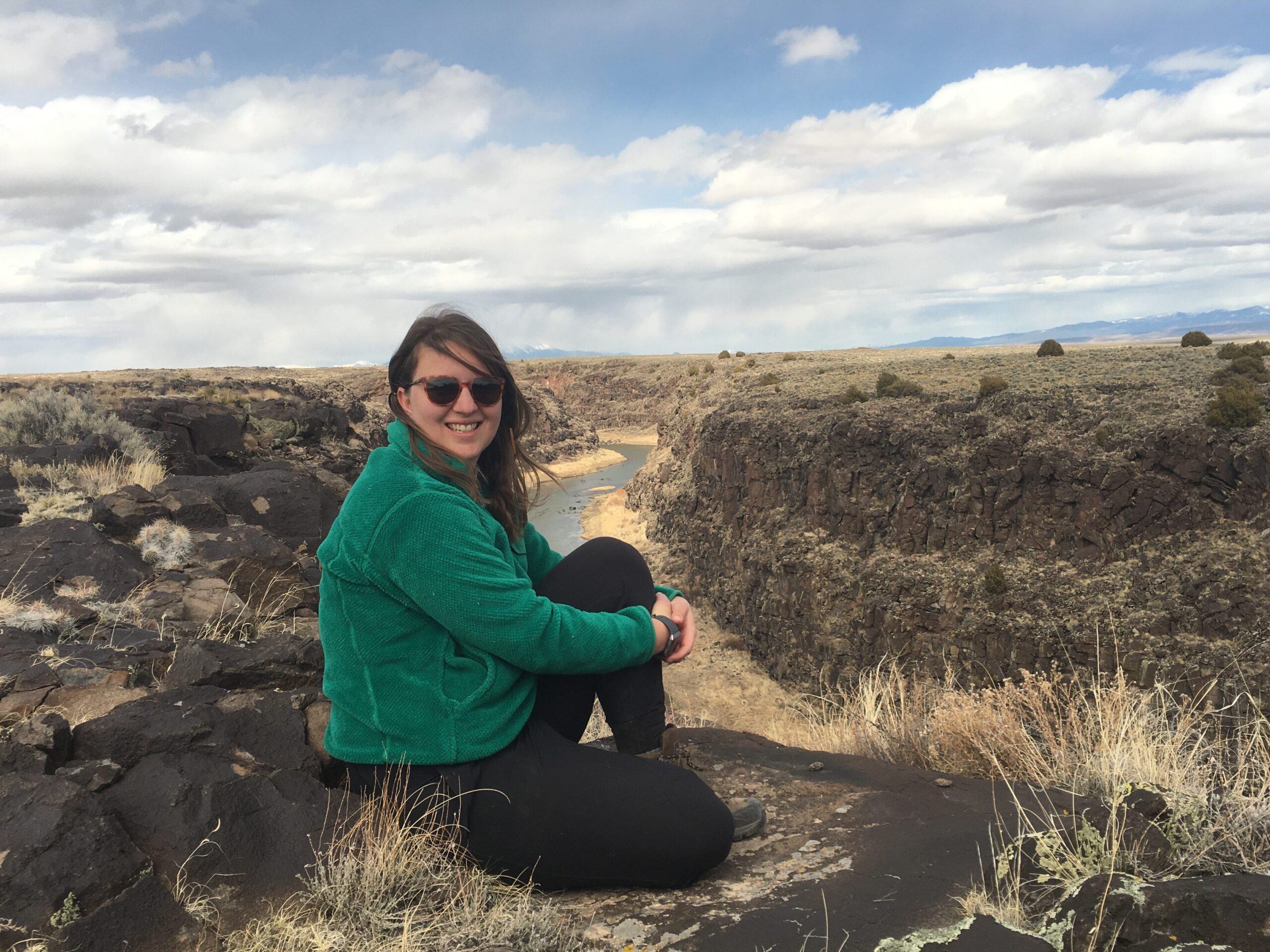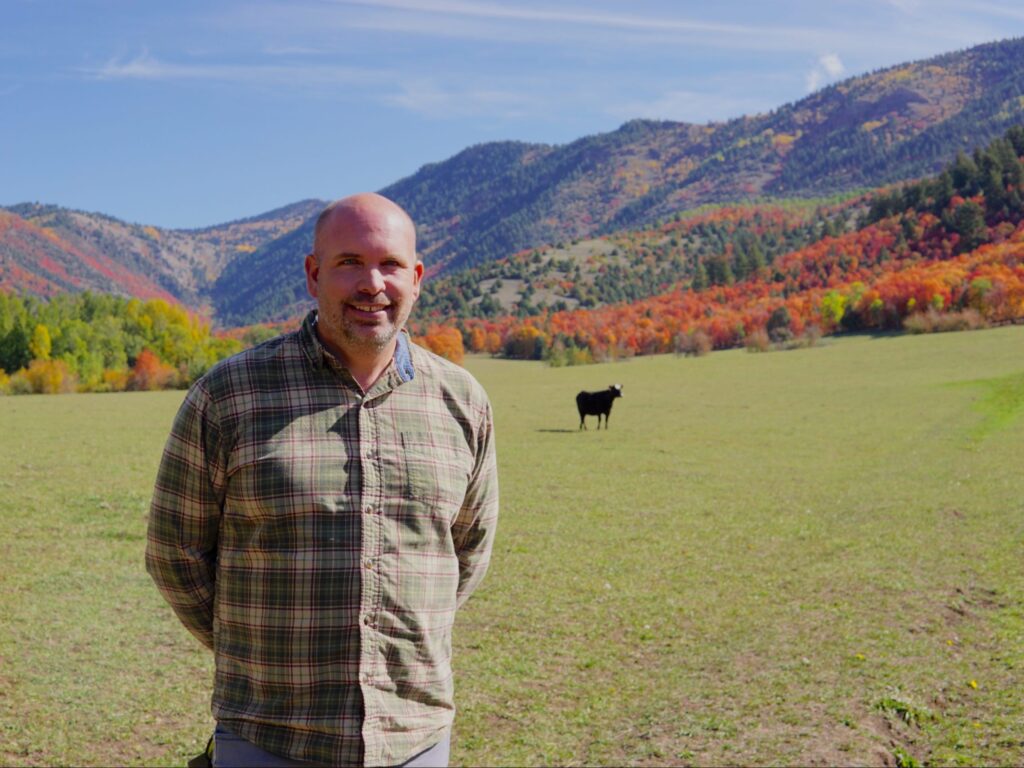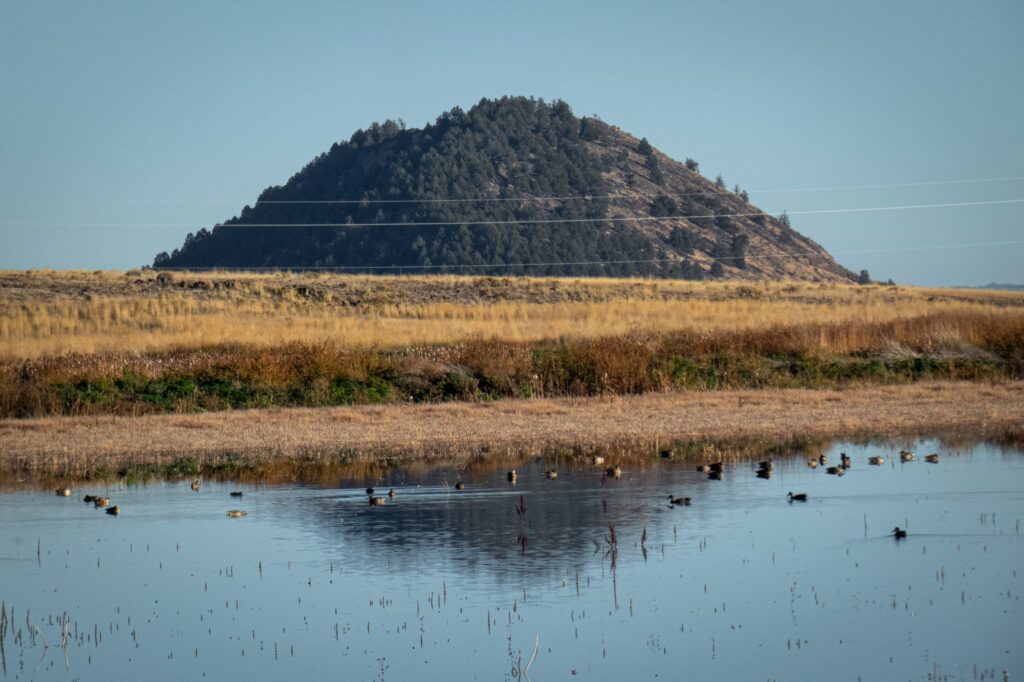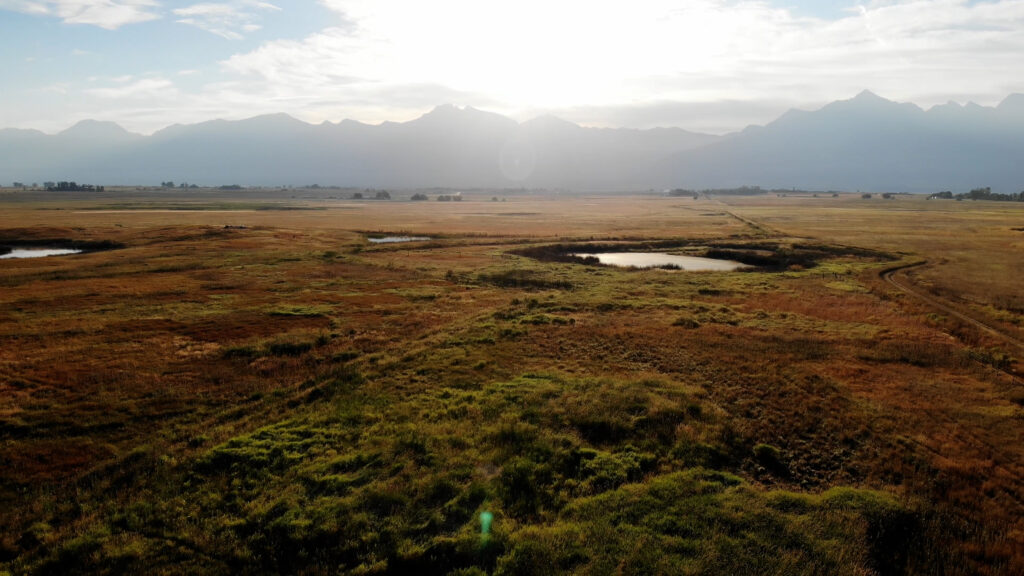For farmers and ranchers along the Rio Grande in Colorado’s San Luis Valley, sometimes the only thing that stands between the river and getting water to their fields is an outdated and faulty headgate. The problem comes when their headgate project is in the middle – or at the bottom – of a lengthy list of other local irrigation infrastructure projects that need Natural Resources Conservation Service (NRCS) funding and help to come to fruition.
Enter Hallie Flynn, the new Soil Conservationist/Civil Engineering Technician for the Alamosa office of the NRCS, a partner position made available due to support from the Wildlife Management Institute and the Intermountain West Joint Venture. Flynn began working in January 2020 to provide capacity for the San Luis Valley. With the help of recently announced Targeted Conservation Program (TCP) funding, Flynn hopes to help some of those badly needed irrigation infrastructure projects along the road to completion.
“It’s exciting to have her there and know that she’ll be able to help to implement those projects,” said Emma Reesor of the Rio Grande Headwaters Restoration Project (RGHRP). The RGHRP is one of many local partners that will benefit from added NRCS capacity, as many of its projects involve improving outdated irrigation infrastructure.
After discovering a love for botany from a summer job with the U.S. Forest Service in her hometown of Sheridan, Wyoming, Flynn went to school at the University of Wyoming for botany. She filled her summers with seasonal work – job descriptions ranging from trail crew in the Bighorns to lab tech at the University of Wyoming’s Quaternary Plant Ecology Laboratory. Over the next several years working seasonal jobs, Flynn managed to work for many different federal agencies and state programs, maintaining her love of botany throughout.
A combination of two life events set Flynn on the path to her current position with the NRCS. A botanist by education and training, Flynn worked as an ecological restoration specialist at Nevada’s Ash Meadows National Wildlife Refuge, where she helped restore area springs to become oases for endemic desert plants and the Ash Meadows Amargosa Pupfish. An ecosystem engineer would take formerly diverted and channelized springs and create wider riparian areas that she would then plant with native species.
“That position was when I really realized I was attracted to this kind of work,” she said.
The second was a trip she and her husband made to the San Luis Valley, to visit Great Sand Dunes National Park. They came in March, just as Medano Creek began trickling down from the mountains and valley wetlands were flush with waterfowl and wildlife. She told her husband that she wanted to move to the area and work with wetlands.
Several years later, that dream came true when Flynn was invited to fill the position with the NRCS. She started on January 6th, and with the subsequent announcement of TCP funding, she is off and running. The first year of new projects will help address a backlog of infrastructure work along the Rio Grande, predominantly concerning high-priority flood irrigation infrastructure updates. These projects will put Flynn’s ecological restoration experience to the test. They will also incorporate an aspect of restoration she hasn’t encountered yet: working with partners to get those projects done.
“From other positions that I’ve had, when I did restoration, it always seemed very separate from working with ranchers or farmers,” she said. “This position is neat because it’s applied science and it’s working with the reality of the state of where we’re at.”
Ron Riggenbach, who is the Lead District Conservationist for the NRCS in the San Luis Valley, agreed. He said that this type of project work is badly needed.
“In the SLV, we always have a lot of projects, but we never have enough technical staff to get those projects done in a timely manner,” he said. “Working with partners has been hard and now the added capacity will allow us to do that.”
The addition of TCP funds to the position will allow Flynn to hone in on important flood irrigation projects. Using traditional EQIP funding ranking, it’s common for those projects to get passed over in favor of “efficiency” projects like pivot sprinkler systems. The TCP funding program, on the other hand, will specifically target flood irrigation projects along the Rio Grande. Like projects will compete with like projects, Riggenbach said, leading to more flood irrigation projects being funded.
According to Reesor, having Hallie as someone who can get out in the field and meet with landowners will also help promote community collaboration.
“Having more capacity and having Hallie as that person will be helpful, as it will let all of us know who to call if we have a question about something,” she said.
And that, said Flynn, is why she’s most excited about her job. The voluntary nature of NRCS-funded projects will allow her to work with a community that’s passionate about its land and the river that feeds it.
“The ranchers and the farmers want to be a partner,” she said. “We find a way to make it work not only for them but for the habitat that they support on their lands.”



